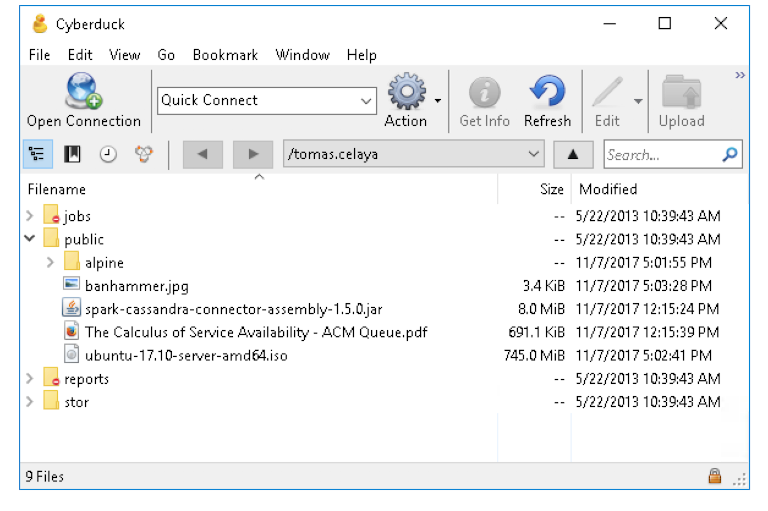

You can also transfer your files using SFTP clients, such as WinSCP or FileZilla. Here we’re going to show you how to transfer remote files to the local system using SFTP and vice versa. Sftp -oPort=49166 you’re connected, you will see an SFTP prompt. Sftp -oPort=customport -oPort=customport Here’s how it should look like:

Sftp If you’re using a custom SSH port, use one of these commands to change the SFTP port:


Other courses may be empty, but that’s okay – it’s still ready for you to drag files in to upload to the server. Storyspace will have your course folders ready to go. Note: You may get a dialog box that says “Unsecured FTP Connection” and ask you to switch to FTP-SSL, click on Continue.Ĭongratulations! You should now be in your folder, ready to rock. Your username will be the prefix of your USC Email (i.e., if your email is your username is ttrojan).Īfter you close out the window, you should see your FTP server saved in your list as pictured below. Other courses may be using .įor your FTP username, if you’re on Storyspace, you will have received an email with these credentials. In this example, we’ll use USC’s Storyspace server:. Make sure the dropdown menu at the top shows you’re using FTP.įor FTP Server, it is often. Top ↑ Make sure to use FTP (File Transfer Protocol) Add a Connection PointĪfter launching Cyberduck, click on the + sign (circled in red) in the bottom left hand corner. Here’s a quick tutorial on how to connect to a remote server with Cyberduck, a free FTP client for both Windows and Mac.ĭownload Cyberduck here.


 0 kommentar(er)
0 kommentar(er)
